By this time, you might have been experiencing that you are a sort of running out of system storage on your Mac and you may be looking for ways on how to clear system storage on Mac. And one of the first thing that you would do is to check out your disk space for you to see what are the things that are eating up your Mac's system storage.
And once you view system storage on Mac, you will then be surprised to see a yellow bar that refers to your System which is like occupying more of your space on your Mac, including so many purgeable files to delete. And the worst case is that you actually have no idea what are the things that are included in your system storage.
TIPS:
That is why in this post, we are going to show you how to clear system storage on Mac and what are the things that contain your system storage on your Mac so that you will have better knowledge on what are the things that you should be removed from your Mac.
Contents: Part 1. What Dose System Storage Mean on Mac?Part 2. How Do I Free up System Storage on My Mac Automatically?Part 3. How to Clear System Storage on Mac Manually?Part 4. In Conclusion
Part 1. What Dose System Storage Mean on Mac?
What Is System Storage on Mac?
The files that actually your system storage of your Mac contains are all of those junks that you actually do not need on your Mac. This can be your System Cache, Application Cache, System Logs, User Logs, and more.
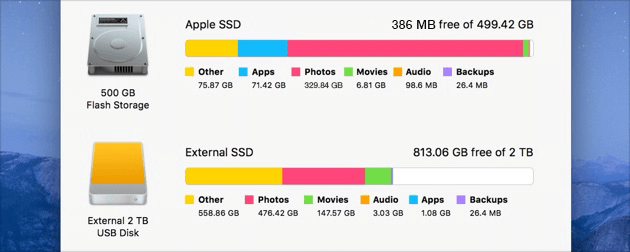
Why Is My Mac System Storage So Big?
Why is there so much system storage on my Mac? These files are stored on your Mac every time that you are making a download, or saving new files on your Mac. This can be your email attachments, iTunes movie, and more. Some of these files are saving large files that is why it can take up your system storage quickly.
Furthermore, Your "System" and "Library" folders are the main storage locations. Therefore, if your "system" takes up a lot of space, Time Machine snapshots are most likely stored on your Mac.
Now you know what is system storage, but how to clear system storage on Mac so that you can free up more space to save other files you desired? macOS comes with a feature to optimize your storage: turn to “About this Mac” > choose Storage > click Manage button, then you will see Store in iCloud, Optimize Storage, Empty Trash Automatically, and Reduce Clutter. You can make use of these options to reduce the system storage on your Mac first.
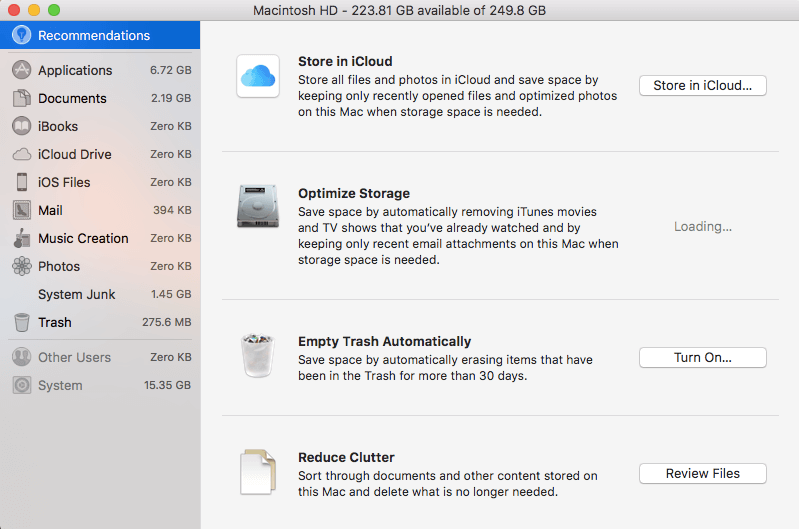
Part 2. How Do I Free up System Storage on My Mac Automatically?
There are methods to clean Mac system storage manually we will talk about in the next part, but they surely take more time and effort as you will be needing to go through your Mac one by one.
However, there is a better way for you to free up system storage Mac. You will clear your Mac’s system storage in no time.
All the methods on how to clear system storage on Mac that we have included in the next part can all be done just by one program – the iMyMac PowerMyMac. This program is considered to be a Mac system storage cleanup tool that you can use to reduce system storage on Mac by removing all junk files.
Using the PowerMyMac will allow you to choose all the junks or files that you no longer need on your Mac and clean them. You can decide what to remove or not, so you will be assured that none of your important files will be deleted without you knowing it. Then how to get rid of system storage on Mac with PowerMyMac?
Here is how to clear system storage on Mac with PowerMyMac.
- Download and install PowerMyMac on your Mac, then launch it.
- Select the Junk Cleaner module to clear your Mac’s system storage by deleting System Cache, Application Cache, System Logs, User Logs, etc.
- After scanning, mark all the files that you would want to clean and click on the “CLEAN” button.
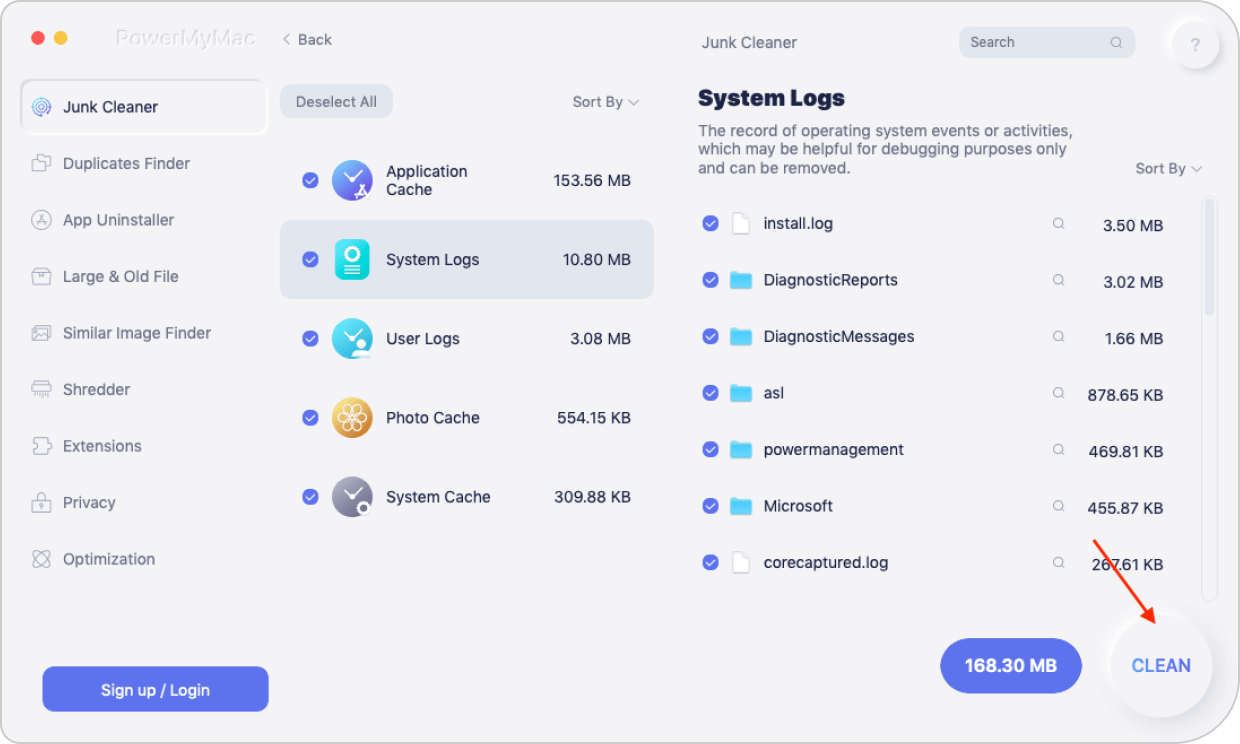
So there you have the easy way of how to clear system storage on Mac with just a few clicks using PowerMyMac. You can also try the other options that the program has to clean up other things like duplicate photos on your Mac. This will then boost the performance of your Mac and at the same time, you will gain more of your system storage back.
Part 3. How to Clear System Storage on Mac Manually?
1. Delete Time Machine Backups
Not only will Time Machine backups be stored on an external drive, but macOS will also keep a backup copy on your startup drive so that you can restore files when the external drive is unavailable. You may need to delete your Time Machine backups when your Mac is run out of system storage. Check the steps below:
- Launch Terminal and type this command:
tmutil listlocalsnapshotdates - Press the Return button then you will see a list of Time Machine backups listed by date.
- Type the command:
tmutil deletelocalsnapshots NAME(NAME is the name of one of the listed backups). - Press the Return button again.
- You can repeat step 3 and step 4 to remove those backups you'd like to clear out.
2. Clean Up Your Mac's Cache
Caches are one of the biggest culprits as to why your Mac’s system storage is getting full. So for you to know how to delete system storage on Mac, just clean up your Mac’s cache:
- Launch Finder on your Mac.
- Then click on “Go to folder”.
- From there, type in
~/Library/Cachesthen remove all the files that are taking up most space. - After that, click on “Go to folder”.
- Then type in
/Library/Cacheand then once more, remove all the files that are taking up most space.
3. Remove Your Old iTunes Library Backups
Whenever you make a backup on your iTunes, the more backup file is stored on your Mac. And with that, these backups that you no longer use will be piled up on your Mac and this can cause your system storage to get full as well.
So, for you to remove system storage on Mac, just remove all those old iTunes Backup that you no longer need:
- Launch Finder on your Mac.
- Then click on the “Go” button located at the menu bar.
- Then choose “Go to Folder”.
- Then enter the following:
~/Music/iTunes/Previous iTunes Libraries - Once done, you will see all of your iTunes back-ups. The date they were made is also indicated so you can choose your old backups and delete them.
4. Take Out All Unused Applications
This method is one of the most common ways on how to clear system storage on Mac. All you have to do is to go through all of the applications that you have on your Mac and sort out which are the ones that you no longer use and uninstall them. You just have to make sure that you are removing them correctly and not just by merely dragging them over to your Trash bin.
You have to make sure that when you uninstall any application on your Mac that you no longer need, you should also find all the files or folders that are associated with that application. If not, then you are still leaving data behind and that will still eat up space on your Mac.
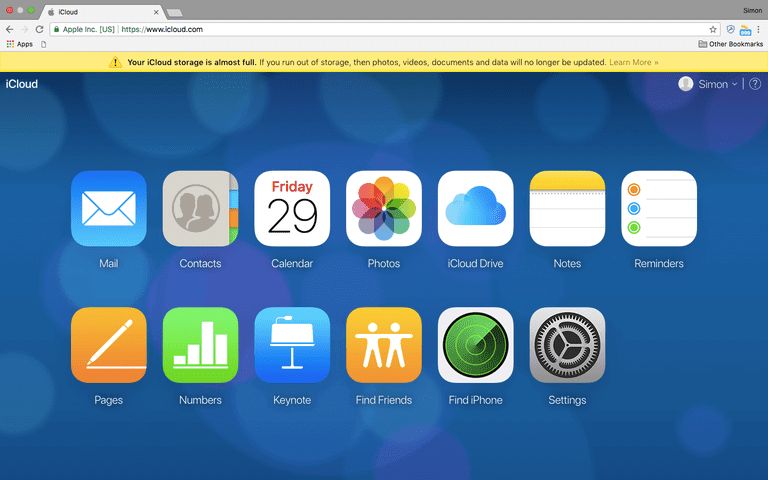
5. Clean Up Your Photo Library
Photos are one of the most common data that we have on our Mac. And keeping them is keeping memories. However, these photos actually take up more space on your Mac’s system storage. So you have to make sure that you sort things out.
So how to clear space on Mac system? You can delete all the photos that you think you no longer need and as well as those photos that have more than one copy. You also have the option to transfer them over to another hard drive or USB drive for you to free up space on your Mac.
6. Delete Any Old iOS Backup
Just like your iTunes backup, the old iOS backup that you have on your Mac is also one of the reasons as to why does system take up so much storage on Mac. That is why it is a good idea that you should also remove your old iOS backup from your Mac. Let's check the steps on how to clear system storage on Mac below:
- Launch Finder on your Mac.
- After that, click on the “Go” button located at the menu bar.
- From there, choose “Go to Folder”.
- Then once that you are in, type the following:
~/Library/Application Support/MobileSync/Backup
Once that you have opened the window, choose all the old iOS backup that you have on your Mac. Dates of the backup are already indicated so that you will know which of them are the old ones.
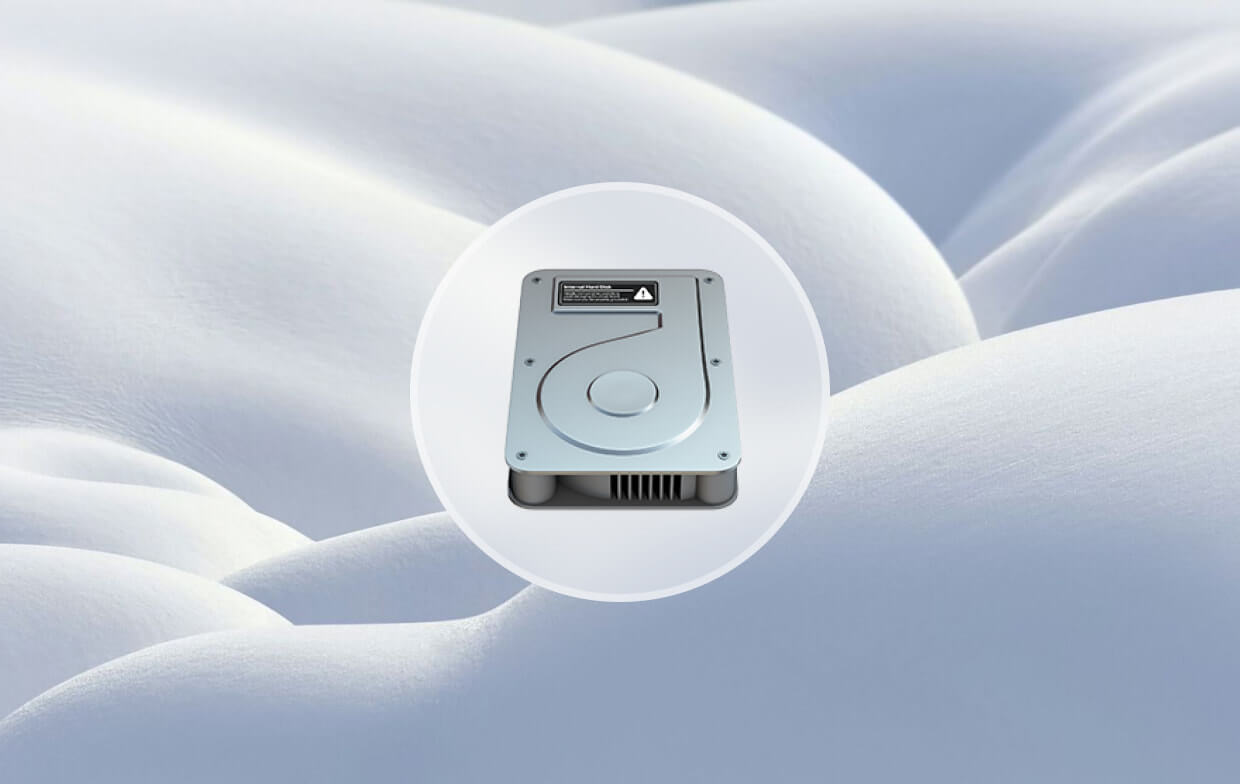
Part 4. In Conclusion
As you can see, it is an easy thing to do on how to clear system storage on Mac. Though doing this manually will take more time and effort. But all thanks to the PowerMyMac, you will be saving more of your time and effort as it will only need a few clicks to do the cleaning process and optimize system storage.
Make it a habit of cleaning up your Mac every now and then so that you will not experience having full storage and a slow Mac. Remember, cleaning up all the files and other things that you no longer need will sure be a great help for the performance of your Mac.
Last Tip: If you want to reduce the “system” storage size on your iPhone or iPad, just turn to the provided link to check how to free up system storage on iPhone.



